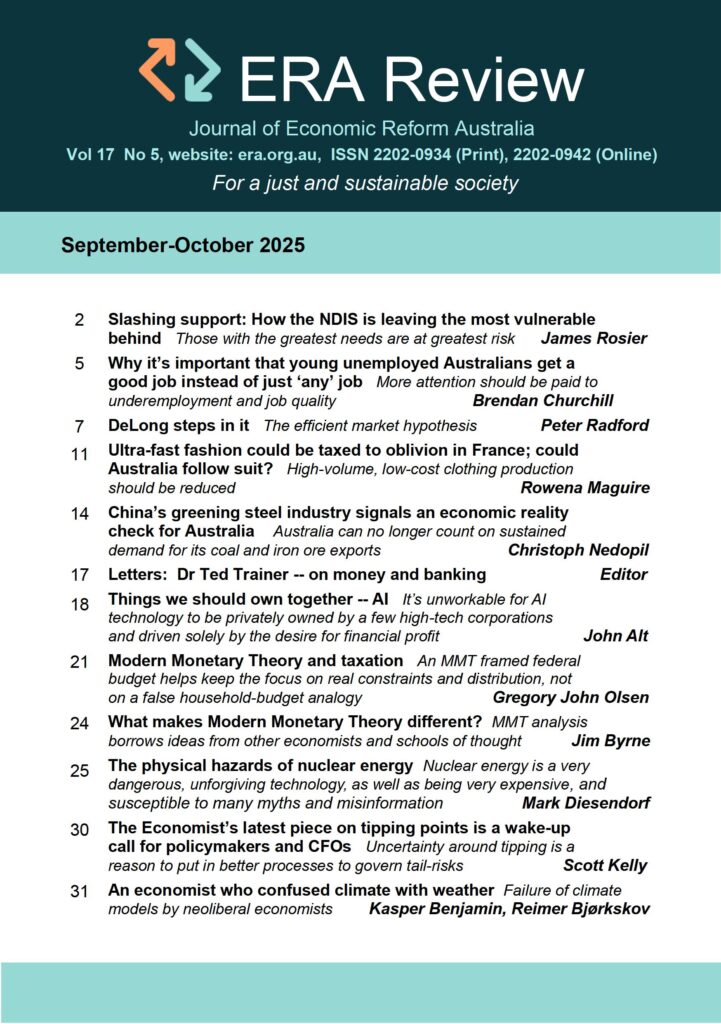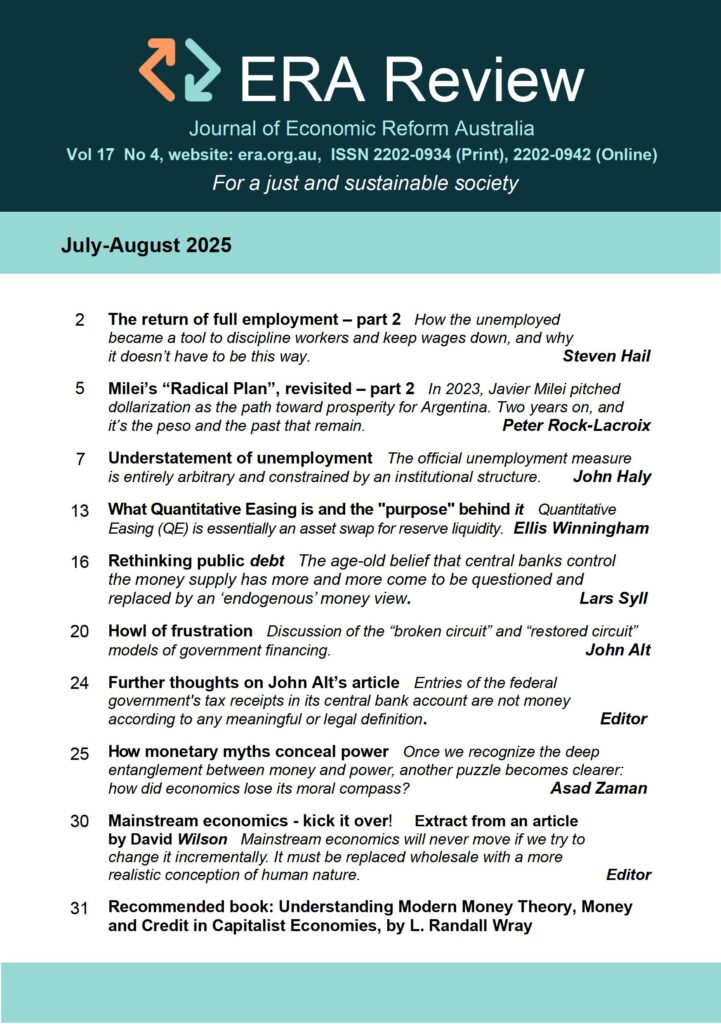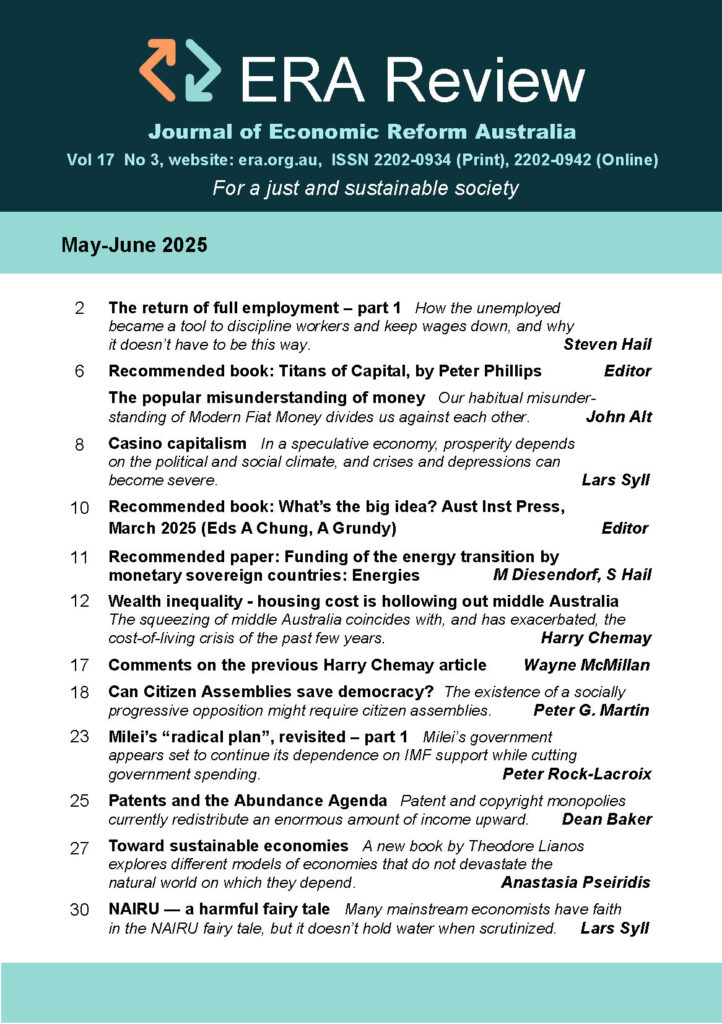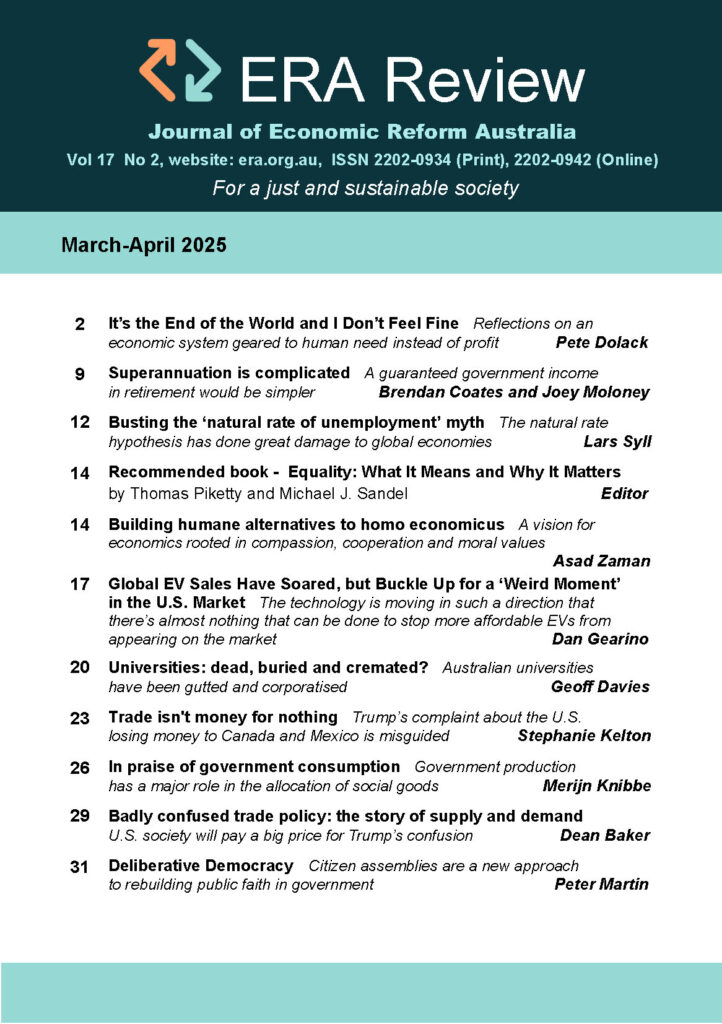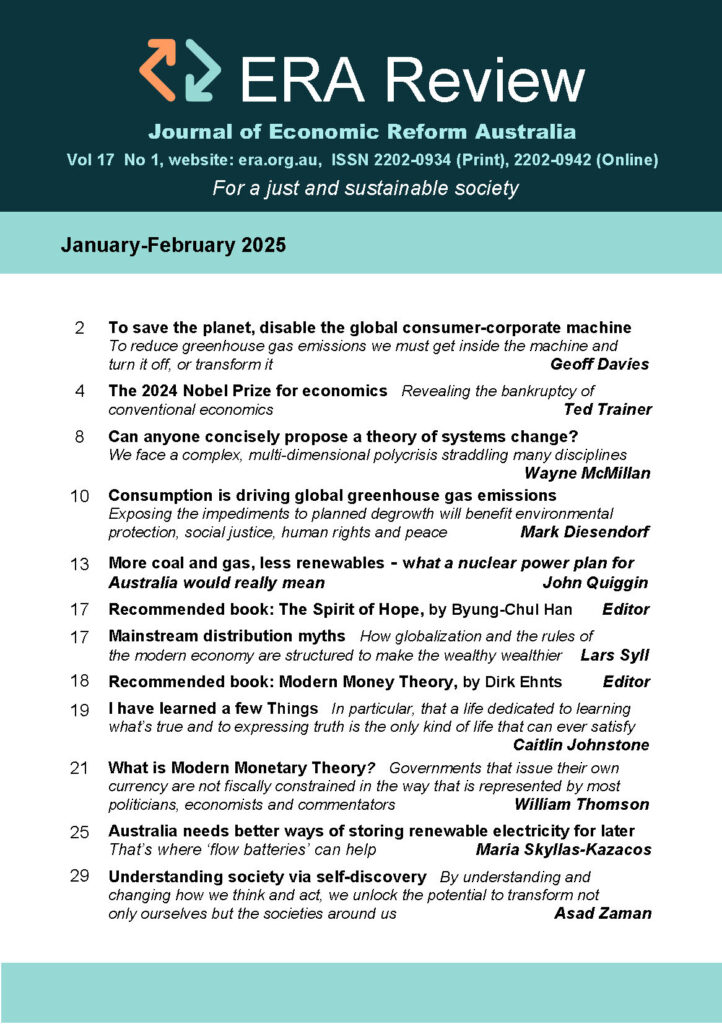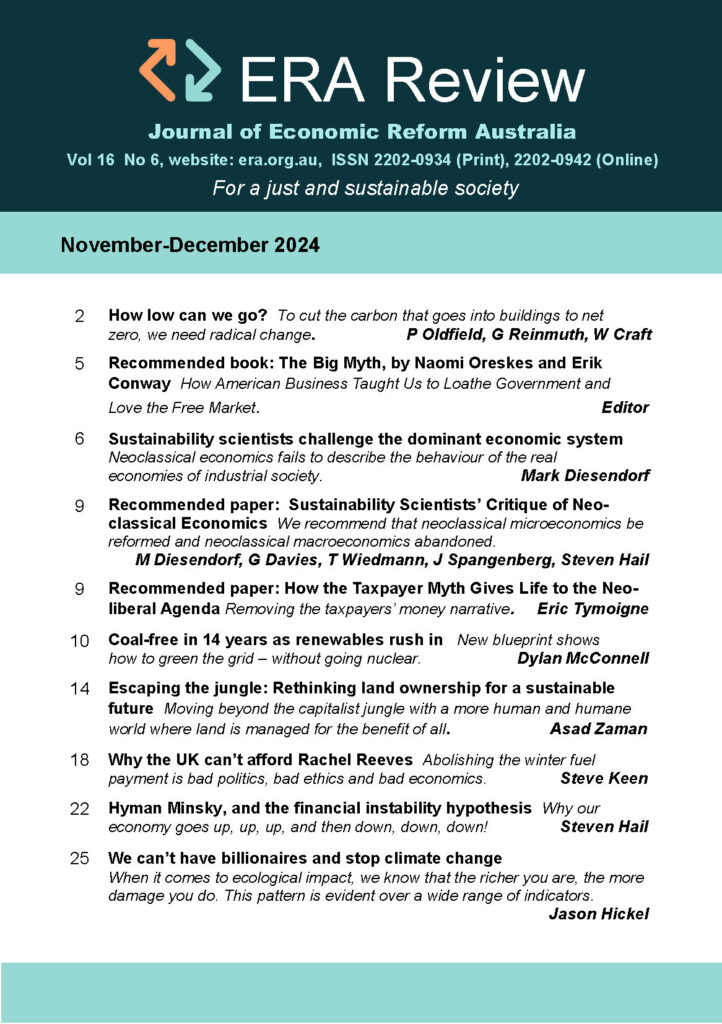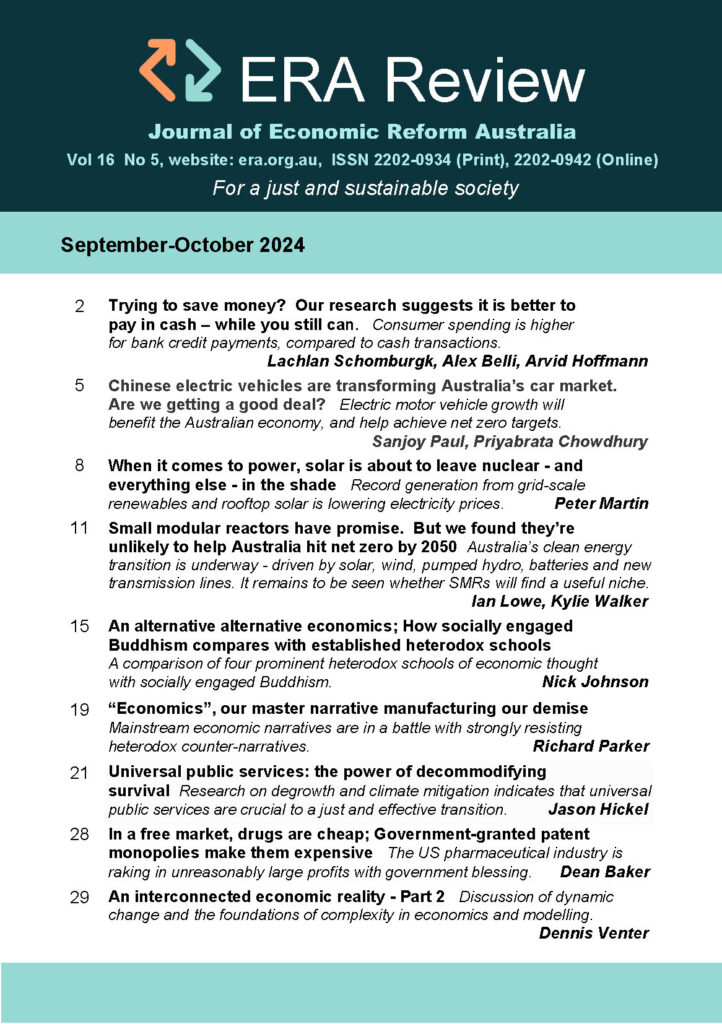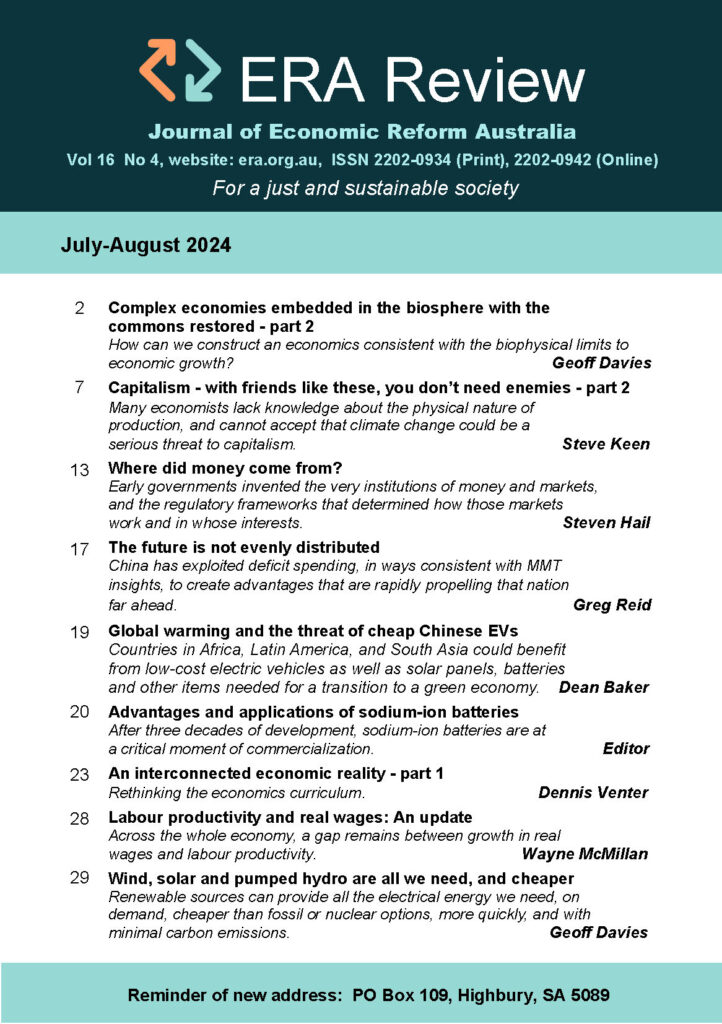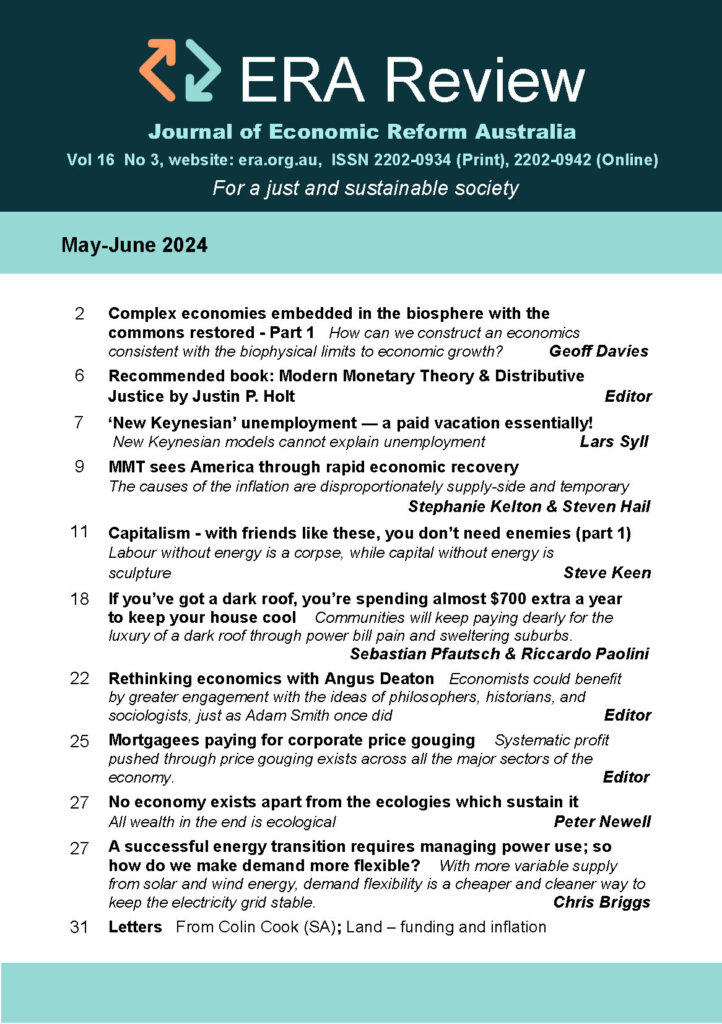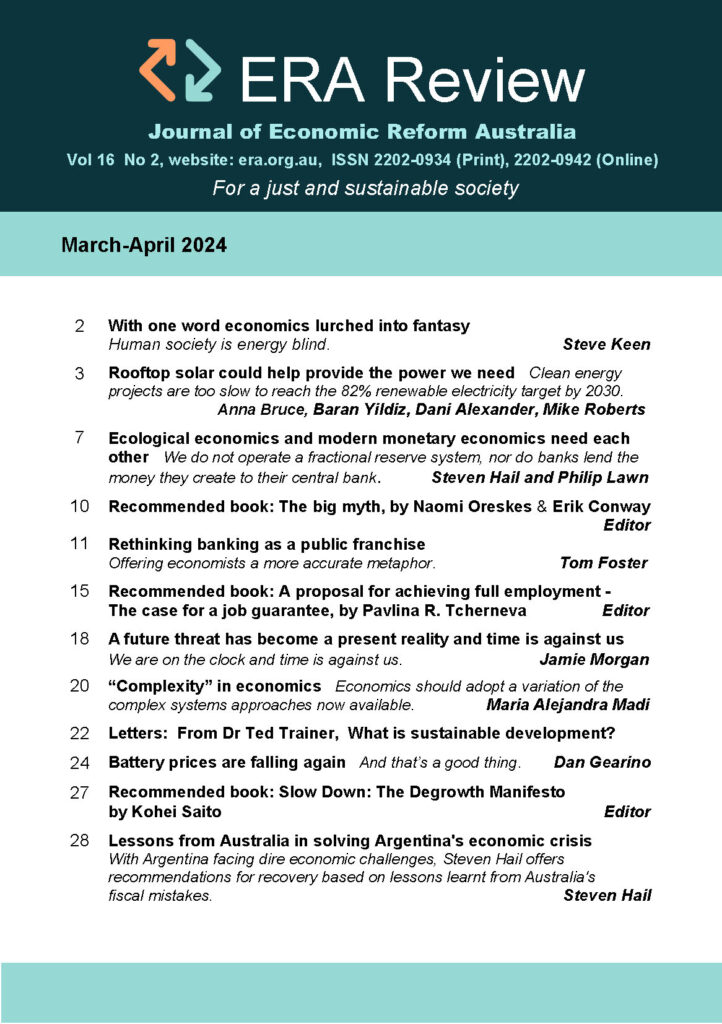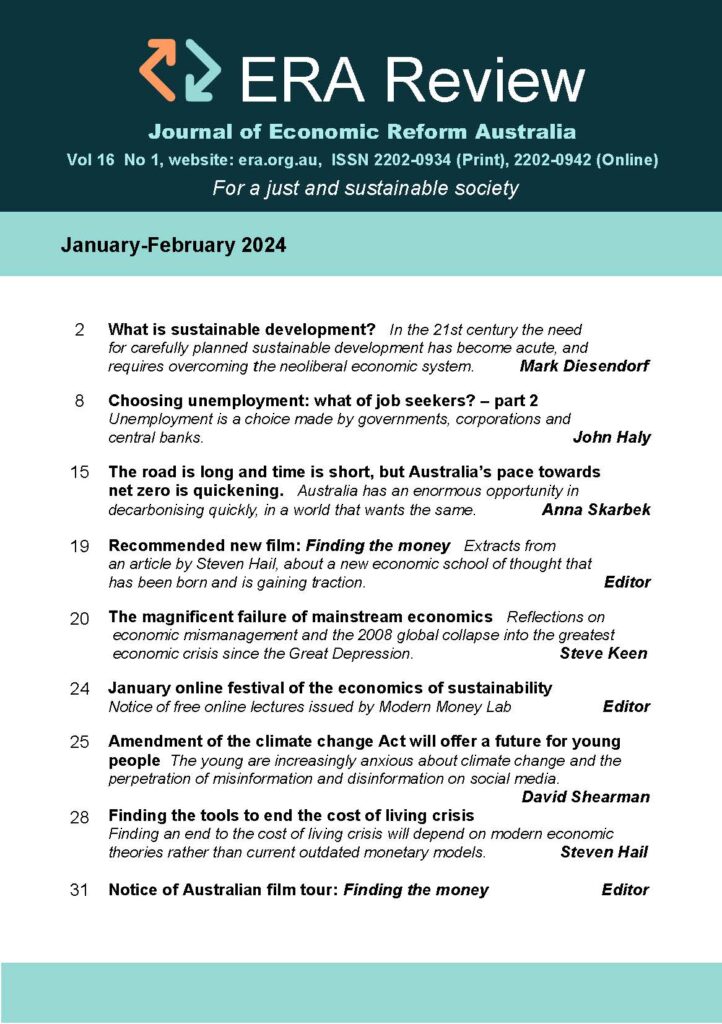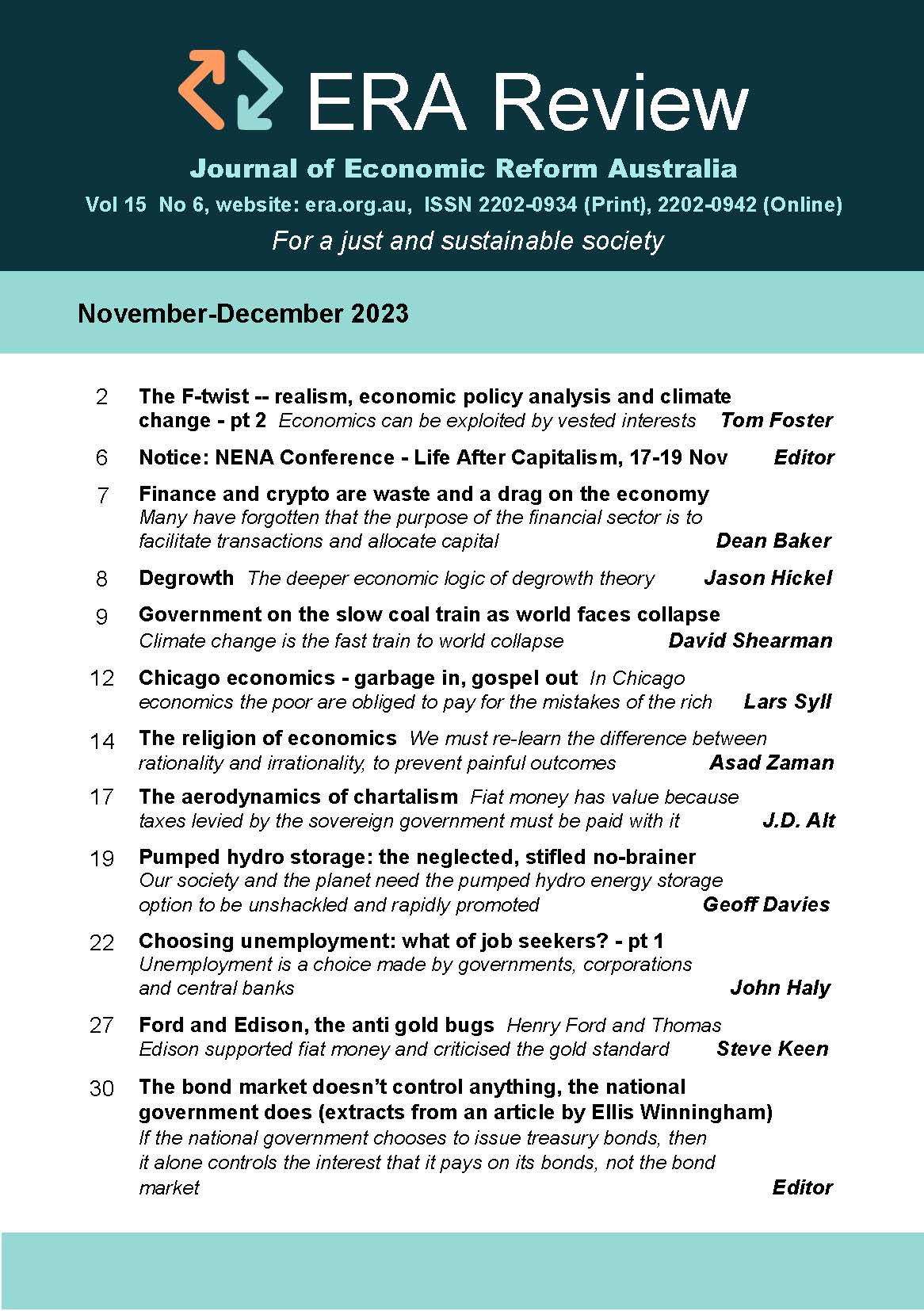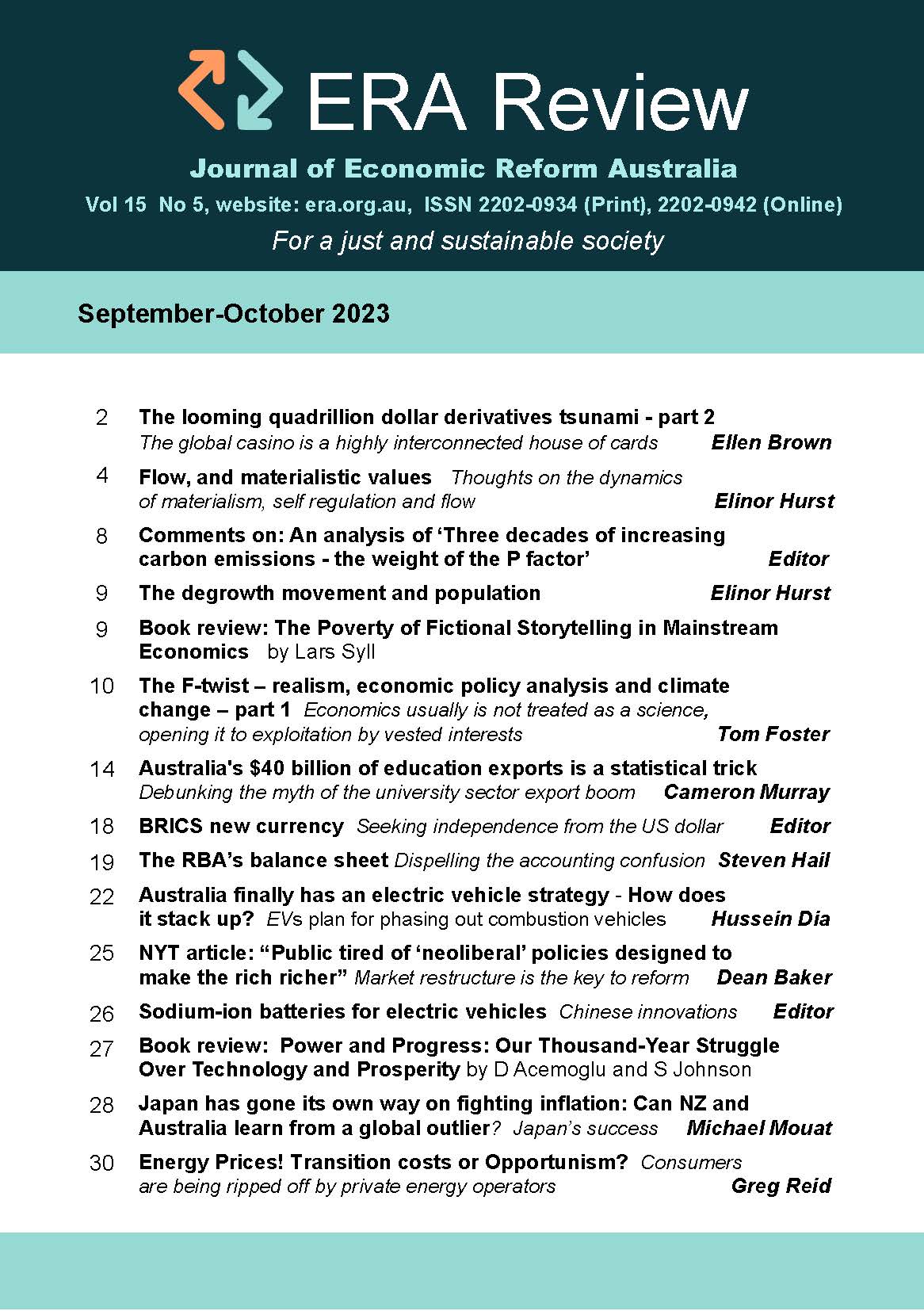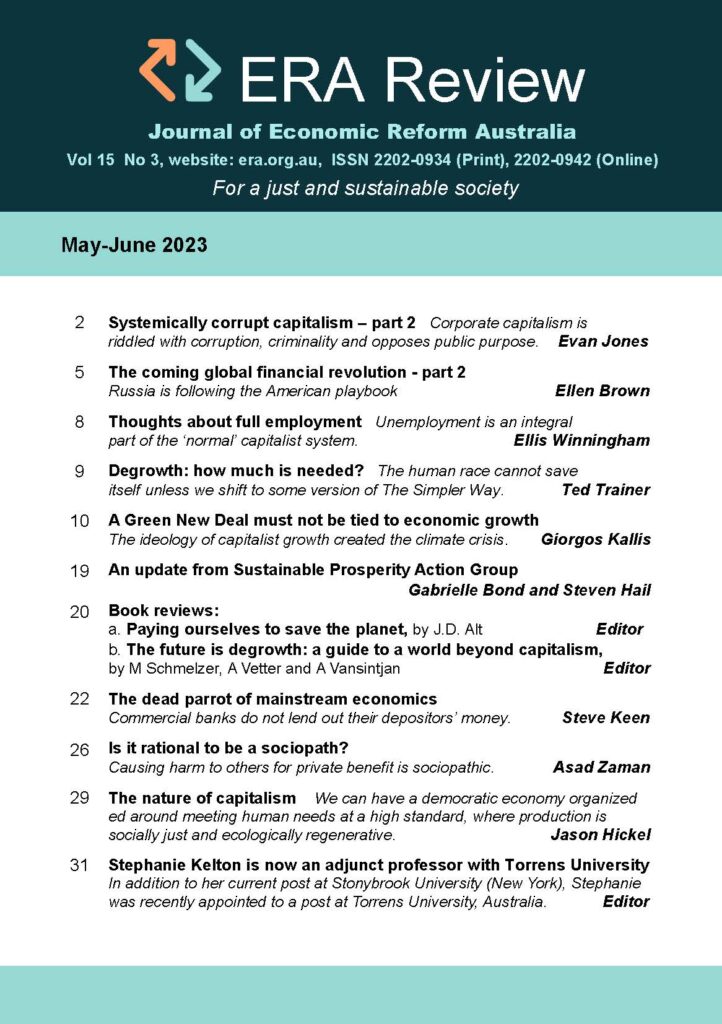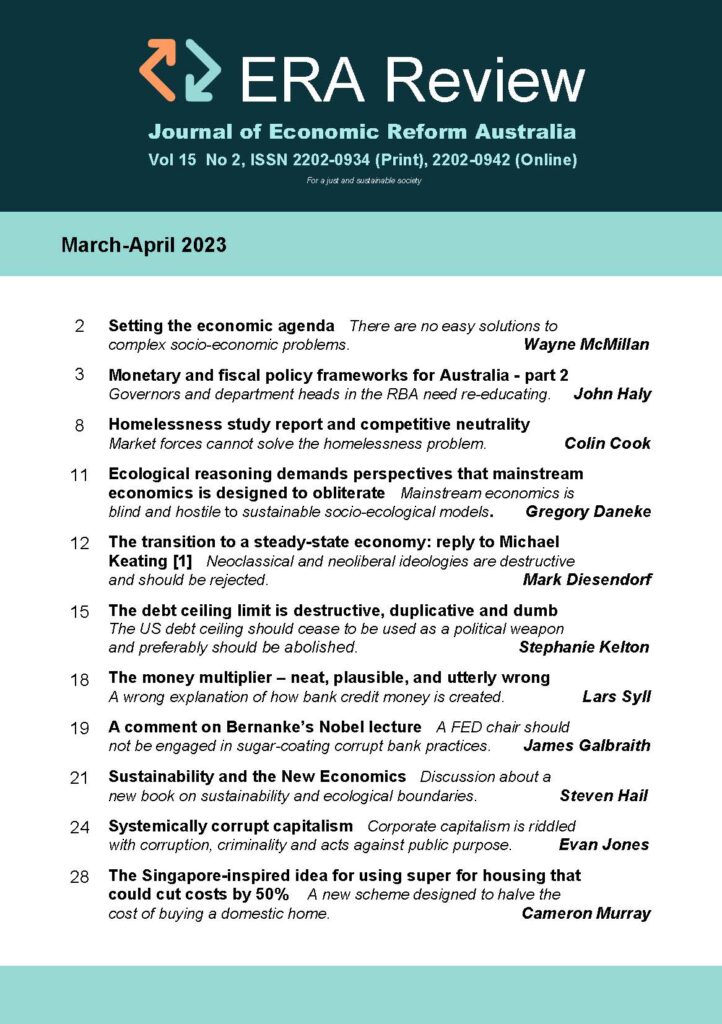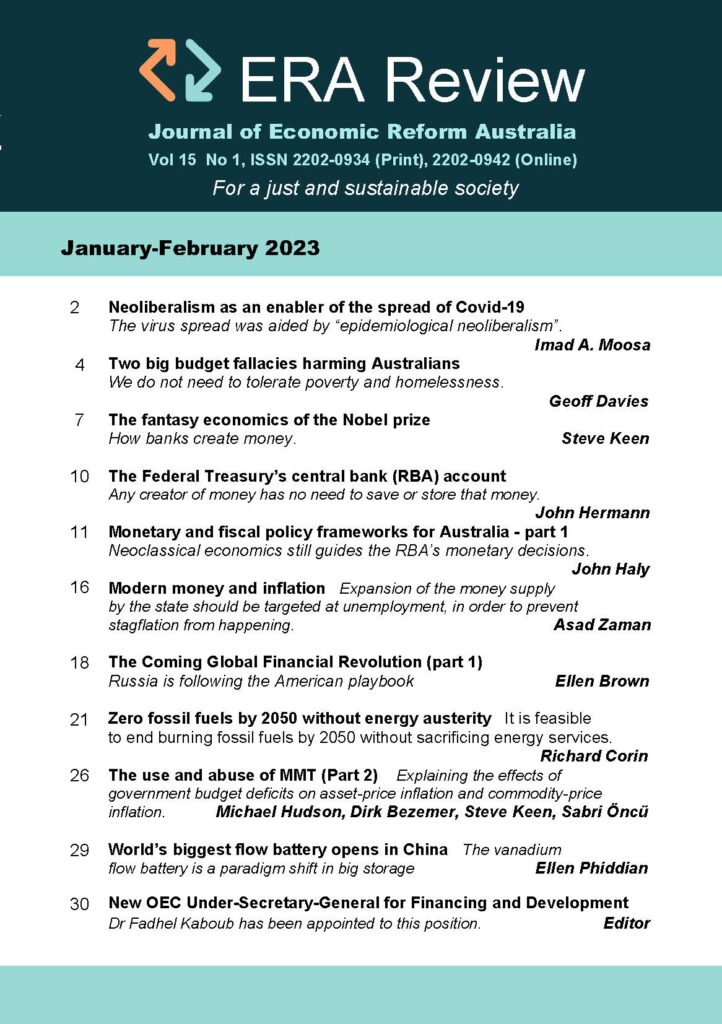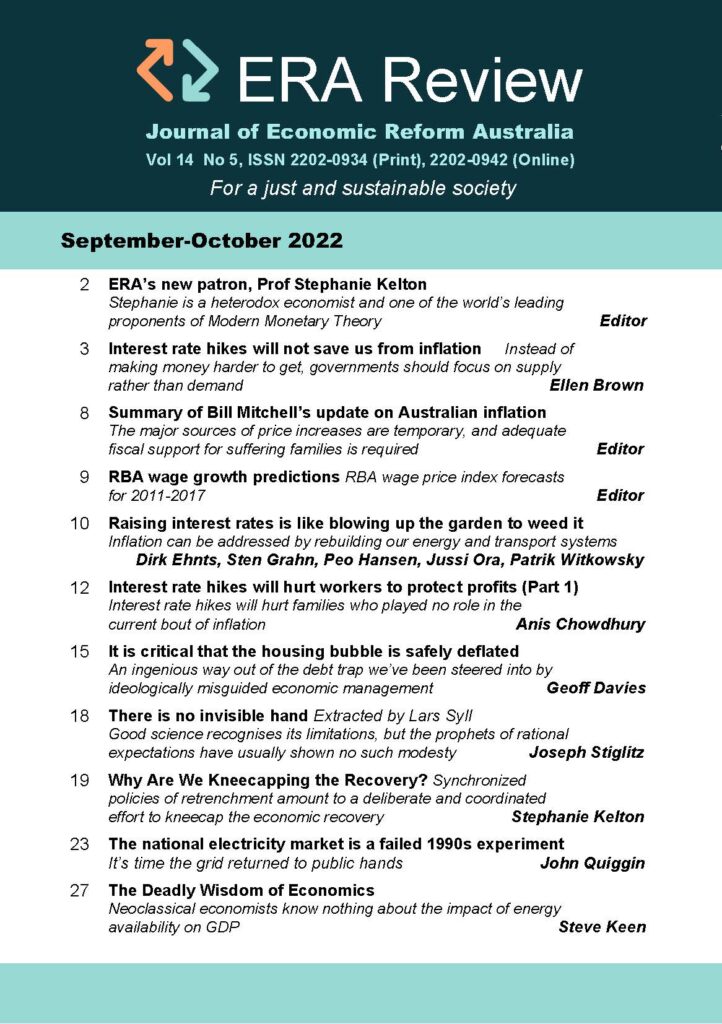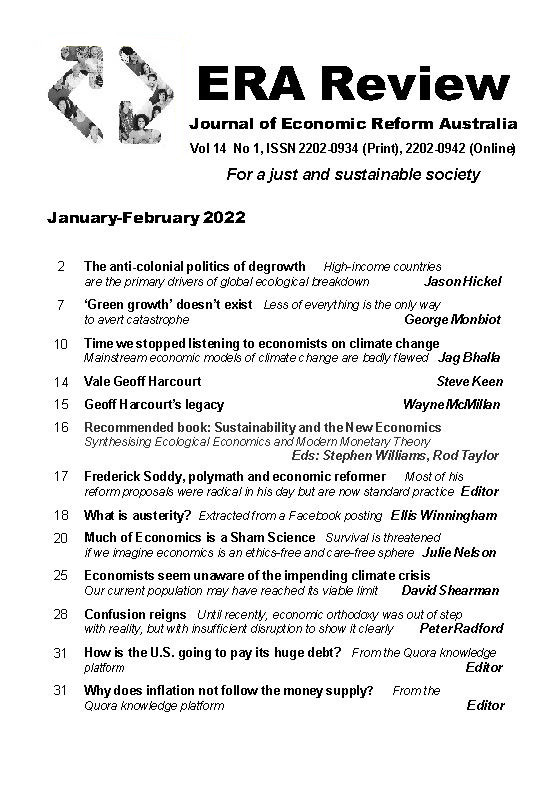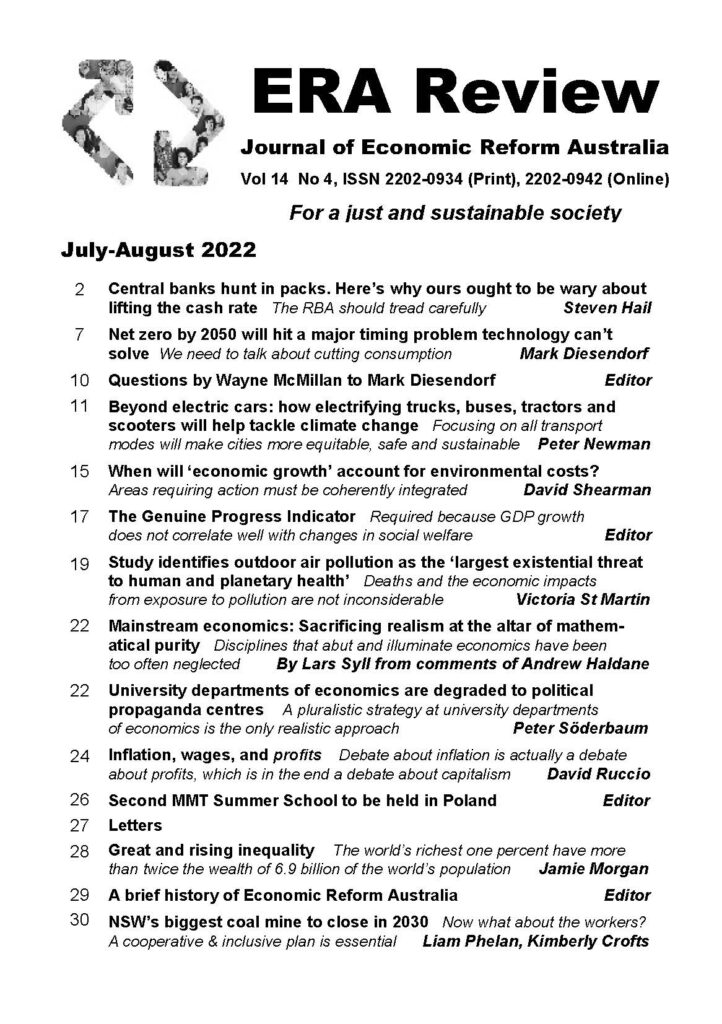Further thoughts on John Alt’s article
Editor
It might be helpful to recognise that Premise #2 is a good basis for describing the financial operations of monetary sovereign governments. Such governments create and disseminate each nation’s currency, and are the highest level of government.
Apart from monetary sovereign governments, there exist – within each nation – lower levels of government which do not create currency. These include state, regional ad provincial governments, as well as municipal governments. These may be described as secondary governments.
Part of the problem described above lies in the fact that secondary governments do indeed operate according to premise #1. They do indeed need to raise taxes before spending (complicated by the fact that some of their spending results from grants that they receive from the monetary sovereign government). They do indeed need to ensure the aggregate of their bonds (debt) is paid back before the end of the financial year, or if not that then at some agreed future time. They do indeed usually save their tax receipts (income) in a suitable bank account. They do indeed accommodate their regular interest payments from the money they have saved.
By contrast, the so-called aggregate debt of a monetary sovereign government is not really debt at all (in fact it is part of the broad money supply), because it can be maintained indefinitely without difficulty. To reduce that “debt” amounts to destroying the money supply.
In an Australian context, the operation of the federal Treasury general account is essentially a smoke and mirrors operation. The entries of the federal government’s tax receipts in its central bank account are not money according to any meaningful or legal definition (i.e. not part of any monetary index, either narrow or broad). Rather, the entries are an indication of the history of the central government’s many fiscal operations, and also an indication of how much fiscal space is enjoyed by that government.


